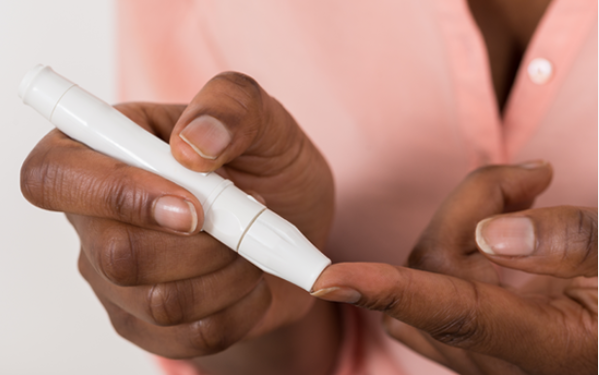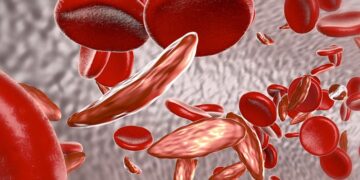Sep 4, 2024 Story by: Editor
While diabetes patients are generally divided into two categories—Type 1 or Type 2—individual experiences with the disease can vary widely. This simplistic classification often fails to capture the complexity of diabetes and its manifestations across different populations. Consequently, diabetes researchers and clinicians have highlighted the need to deepen our understanding of diabetes subtypes.
A study conducted by researchers at the University of Alabama at Birmingham focused on clustering analysis of diabetes in the Deep South to explore how the disease and its subtypes manifest within a diverse population. Their findings, published in the Journal of Clinical Endocrinology and Metabolism, reveal that Black/African American individuals are at a heightened risk for severe insulin-deficient diabetes (SIDD), a subtype of Type 2 diabetes.
Individuals diagnosed with SIDD typically present symptoms at a younger age, have lower body weight, and experience poorer blood sugar control, resulting in elevated A1c levels. Their impaired beta cell function makes insulin production more challenging, which in turn increases the risk of complications such as heart attacks.
“Understanding that Black/African American individuals have an increased risk for SIDD has practical implications as it can help guide clinicians to more appropriate treatments for these individuals and hopefully improve outcomes, reduce complications and cut health care expenditures,” stated Anath Shalev, M.D., the Nancy R. and Eugene C. Gwaltney Family Endowed Chair in Juvenile Diabetes Research in the UAB Division of Endocrinology, Diabetes and Metabolism, as well as the director of the UAB Comprehensive Diabetes Center.
While recent studies have identified new subgroups of adult-onset diabetes and their links to disease progression and complications, these investigations have primarily focused on Northern European or North American white/Caucasian populations.
The multidisciplinary team from the UAB Comprehensive Diabetes Center, the Hugh Kaul Precision Medicine Institute, and the Division of Endocrinology, Diabetes and Metabolism sought to determine whether the clustering observed in previous studies applied to more diverse cohorts. They analyzed data from 89,875 diabetes patients in the Deep South over a decade.
“UAB is uniquely located in a region where the prevalence of diabetes is much higher than in other areas of the United States and consists of a more diverse population,” explained Brian Lu, Ph.D., the first author and researcher at the UAB Comprehensive Diabetes Center. “Our study shows that racial background strongly influences diabetes subtype distribution.”
The results contribute to the growing body of literature advocating for further research to better define and understand diabetes subtypes. These findings exemplify precision diabetes, which can be utilized in practical clinical applications.
“The more that we know about an individual’s risks and specific subtype of diabetes, the more personalized we can make their care,” said Matt Might, Ph.D., director of the Hugh Kaul Precision Medicine Institute. “This is another exciting discovery in precision diabetes.” Source: UAB News
















